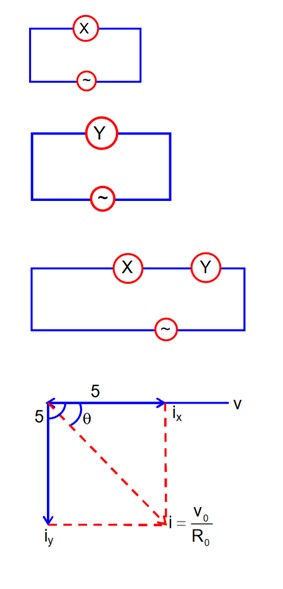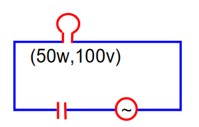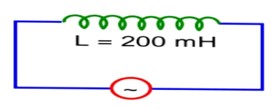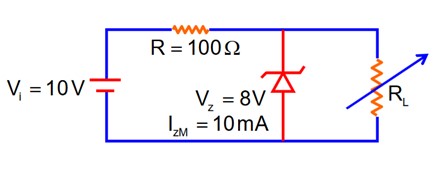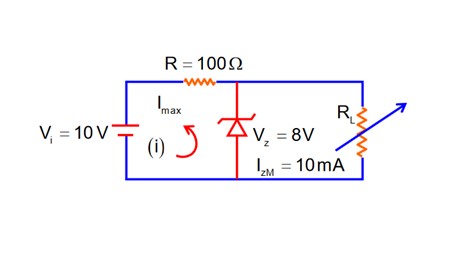Physics Alternating Current
Get insights from 90 questions on Physics Alternating Current, answered by students, alumni, and experts. You may also ask and answer any question you like about Physics Alternating Current
Follow Ask QuestionQuestions
Discussions
Active Users
Followers
New answer posted
3 months agoContributor-Level 10
In DC :- In AC:-
i1 = 4A i2 = 4 sin
R1 = 3
In same time internal of 't' -
New answer posted
3 months agoContributor-Level 10
Let l = l0 cos wt
Then v = v0 sinwt
at t = 0, v = 0
but l = l0
a = 121 * 2
a = 242
New answer posted
4 months agoContributor-Level 10
Since current is in phase with voltage, it means circuit is in resonance, so we can write
f =
New answer posted
4 months agoContributor-Level 10
Across zener diode & RL
8 = ILRL
8 =
At max current in loop (1)
10 = imax R + 8
imax =
= 20 mA
RL (max) =
At minimum curre3nt through zener
imax RL (minimum) = 8
RL (minimum) =
Taking an Exam? Selecting a College?
Get authentic answers from experts, students and alumni that you won't find anywhere else
Sign Up on ShikshaOn Shiksha, get access to
- 65k Colleges
- 1.2k Exams
- 679k Reviews
- 1800k Answers

